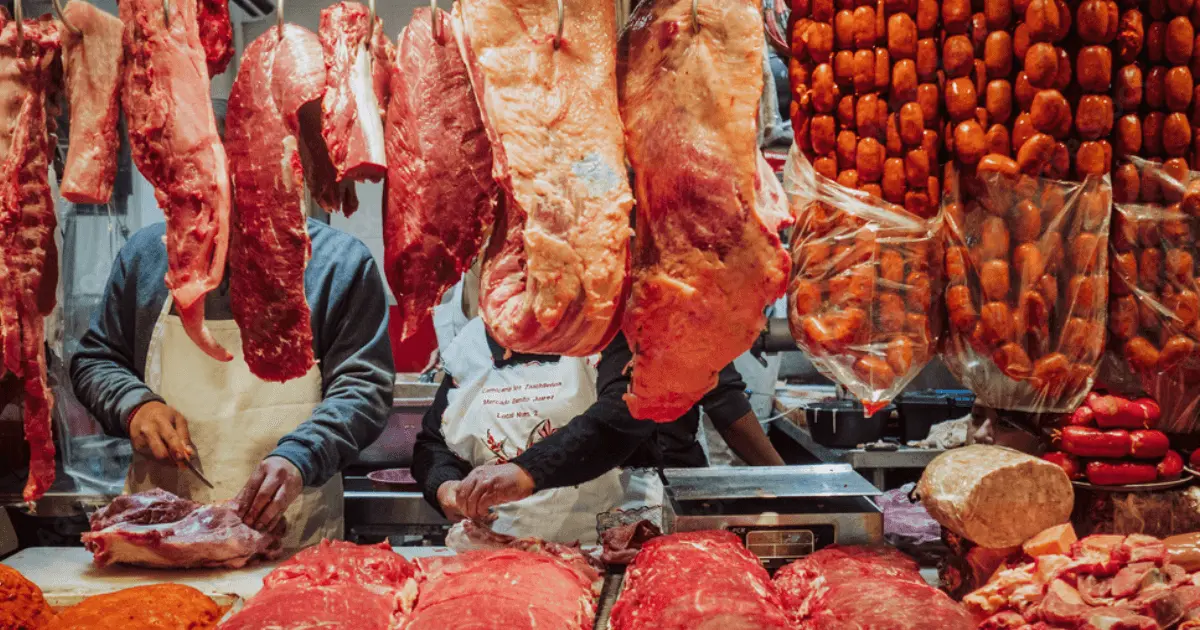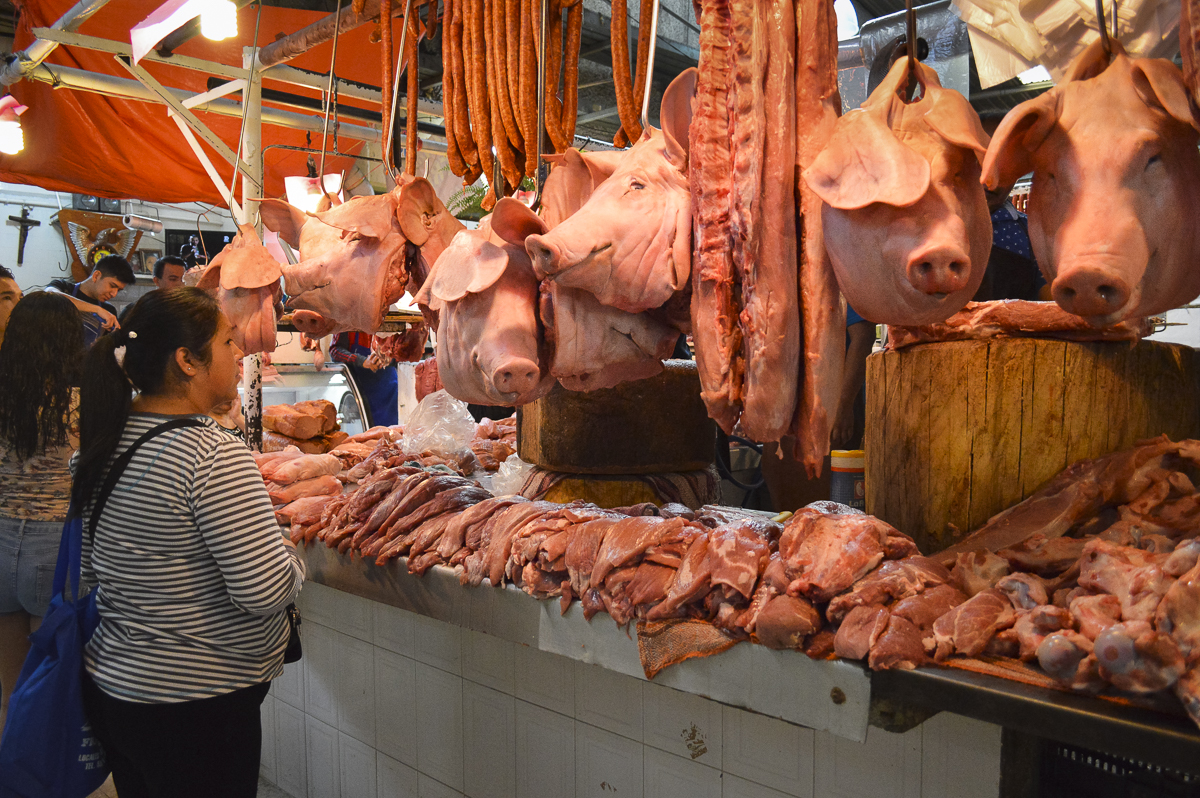Reveal the Art of the Butcher's Cut in a Modern Meat Market
In the ever-evolving landscape of modern meat markets, the butcher's cut has transcended its typical roots, combining age-old workmanship with contemporary practices. What truly establishes the modern butcher apart is their capability to forge a much deeper link between consumers and the beginnings of their meat.
Development of Butchery Strategies

The mid-20th century saw butchery techniques further improved by clinical insights into muscle biology and meat aging, enhancing both inflammation and preference. Advancements like vacuum packaging and refrigeration expanded item shelf-life, enabling butchers to diversify offerings and enhance high quality control. This period additionally noted the rise of specialized tools, such as band saws and meat slicers, which boosted precision and efficiency in meat processing.
The 21st century has actually introduced digital modern technology into the butchery realm. Digital systems now aid in tracking pet provenance and optimizing cuts to fulfill certain customer choices. Furthermore, a resurgence in artisanal butchery has actually arised, mixing conventional abilities with contemporary knowledge to deal with consumers looking for ethical and sustainable meat alternatives. This evolution highlights a dynamic interaction in between custom and innovation, meeting modern demands while maintaining the craft's heritage.

Comprehending Meat Cuts

Comprehending the complexities of meat cuts is vital for both butchers and consumers seeking quality and worth. Each cut comes from a different part of the pet, giving special flavors, textures, and food preparation approaches. Proficiency of these differences not only boosts cooking experiences however also takes full advantage of the utility of each carcass. For butchers, specific cuts show ability and regard for the craft, guaranteeing minimal waste and optimum yield.
The primary classifications of meat cuts include primal, sub-primal, and retail cuts. Butchers after that break these down better into sub-primal cuts, prior to finally creating retail cuts readily available to consumers, like ribeye or tenderloin.
Recognizing muscle structure is essential; muscular tissues used a lot more frequently by the animal often tend to be harder and are best suited for sluggish food preparation methods, while less-used muscle mass, like those located in the loin, are much more tender and perfect for cooking or roasting. Familiarity with these differences encourages customers to make informed options, boosting their culinary ventures.
Selecting Quality Meat
Picking the ideal meat includes more than simply choosing a visually appealing item from the screen. The art of selecting quality meat calls for a discerning eye and knowledge of certain qualities that represent freshness and excellence.
Second of all, think about the marbling, which refers to the white streaks of fat within the muscle. Correct marbling is an essential indicator of inflammation and flavor, as it thaws during food preparation, improving the meat's juiciness. Remember, greater marbling typically associates with superior top quality cuts, such as USDA Prime.
Structure is another critical aspect; meat click to read should really feel firm to the touch, not slimed or overly soft. Furthermore, be mindful of the fragrance. Fresh meat should have a tidy, neutral odor, cost-free from any sour or off-putting odors.
Combining Cuts With Food Preparation Techniques
Efficiently pairing cuts of meat with the suitable food preparation methods is crucial for accomplishing optimum taste and texture. Different cuts differ in inflammation, marbling, and connective tissue material, each calling for specific techniques to open their possibility. Tender cuts like filet mignon and ribeye, with their intrinsic marbling, advantage from high-heat, quick-cooking methods such as grilling or pan-searing. These techniques improve the meat's all-natural tastes and make sure a juicy finish.
Conversely, tougher cuts like brisket and chuck roast are rich in collagen, which breaks down right into jelly when prepared gradually. These cuts are excellent for braising or slow-moving roasting, permitting the meat to soften with time and create deep, intricate tastes. Cuts such as brief ribs and pork shoulder get on well with slow-cooking techniques, where prolonged cooking times transform their durable appearances right into succulent dishes.
Lamb shanks and oxtail, which require long term cooking to soften, are view it now excellent prospects for stewing or slow simmering. These approaches coax out abundant, hearty flavors while keeping helpful hints wetness. By comprehending the special attributes of each cut, chefs and home cooks alike can elevate their culinary creations, ensuring each recipe is both pleasing and memorable.
The Butcher's Duty Today
Browsing the advancing landscape of the modern-day meat market, the butcher's function today extends past plain preparation of cuts. Contemporary butchers are cooking artisans, educators, and supporters for sustainable methods. They bridge the void in between the ranch and the fork by guaranteeing moral sourcing, comprehending pet husbandry, and prioritizing openness in the supply chain. This shift reflects the expanding customer demand for top quality over amount, where provenance and animal welfare are vital.
In addition to crafting specific cuts, butchers currently involve directly with consumers, using cooking recommendations and customizing selections to suit individual requirements and preferences. Their knowledge in meat aging, marbling, and taste accounts empowers consumers to make enlightened decisions, enhancing their culinary experiences. This personalized service exhibits the butcher's evolving role as a relied on expert in the kitchen.
Furthermore, butchers are crucial in reducing waste, utilizing entire pets to create diverse products such as sausages and stocks - bagley farms meat market edwardsville il. This detailed strategy not only respects the pet yet additionally aligns with contemporary sustainability goals. By doing this, the modern-day butcher personifies both practice and innovation, adjusting to an ever-changing market while protecting the virtuosity and stability of their craft

Final Thought
Mastery in comprehending varied meat cuts and quality indications equips butchers to offer enlightened suggestions, straightening specific cuts with ideal food preparation methods. By honoring historic practices while accepting modern needs, the butcher's function continues to be important in today's innovative meat market.